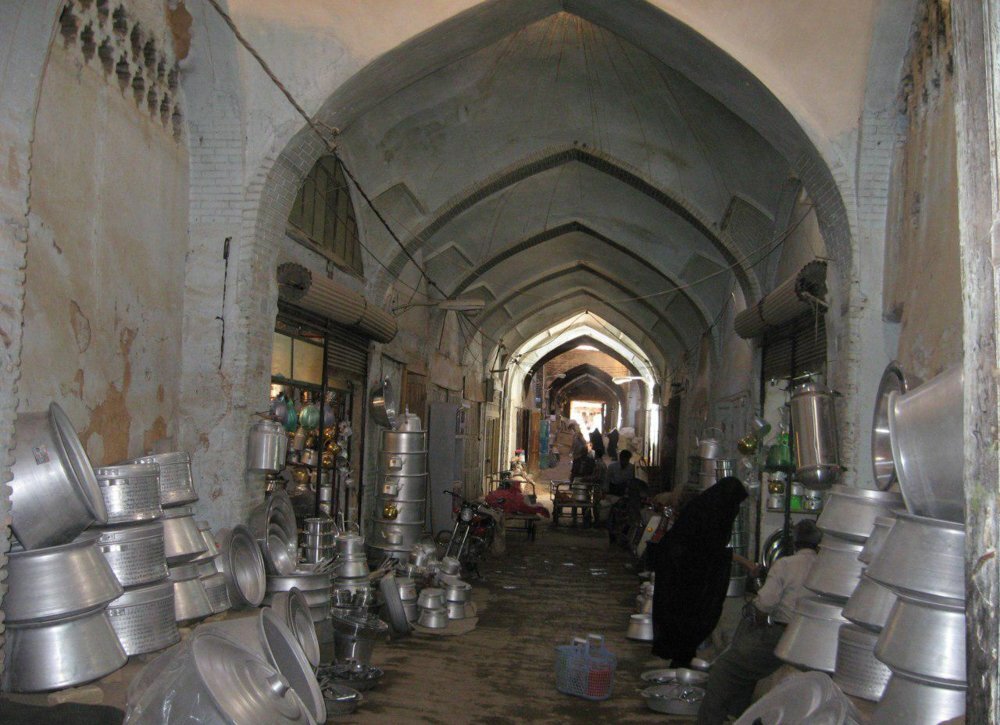Restorers to resume work on historical bazaar of Shahreza

TEHRAN - A new round of restoration work will be commenced on the vast historical bazaar of Shahreza in the central Isfahan province, Shahreza’s tourism chief has said.
“It is planned to continue the restoration work of the damaged sections of the city's historical bazaar in the shortest possible time,” Sajad Afshari announced on Saturday.
The marketplace has undergone several restoration projects, and a total budget of 480 million rials ($11,500 at the official exchange rate of 42,000 rials per dollar) has so far been devoted to it, the official added.
The bazaar was thriving during the Seljuk era (1037–1194) and the Safavid epoch (1501–1736).
Shahreza is situated some 500 km from Tehran in a southward direction and about 80 km southwest of Isfahan.
In the Iranian culture, bazaars have been traditional public spaces in the Iranian cities with great contributions to commercial activities in urban life meanwhile their extended activates can be traced to social, cultural, political, and religious roles. People watching and even mingling with them in the bazaars is one of the best ways to take the pulse of the country. Bazaars have traditionally been major economic and social centers in any Iranian city.
Most mazes and passages offer certain commodities such as carpets, metalwork, toys, clothing, jewelry, and kitchen appliances, traditional spices, herbal remedies, and natural perfumes. One can also bump into colorful grocery stores, bookbinders, blacksmiths, tinsmiths, coppersmiths, tobacconists, tailors, flag sellers, broadcloth sellers, carpenters, shoemakers, and knife-makers.
Several divided carpet sections across the bazaar enable visitors to watch or buy hand-woven Persian carpets and rugs with different knot densities and other features. From another point of view, bazaars are also synonyms of foods, with their unmissable colorful stalls of vegetables, herbs, and spices. Yet, most of these ingredients might be mysterious to a foreign eye.
ABU/AFM
